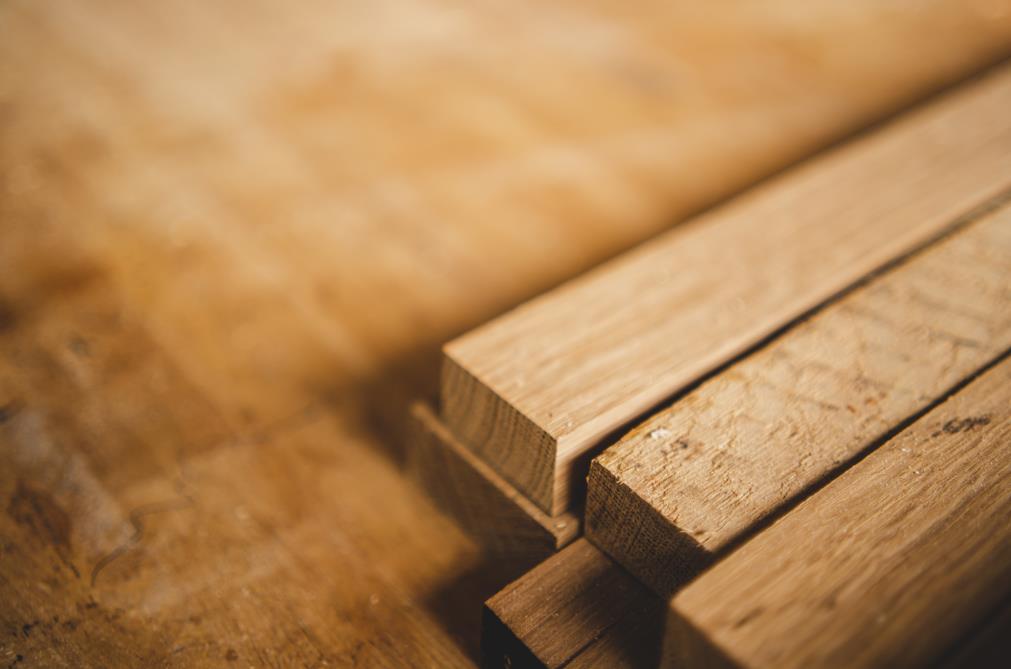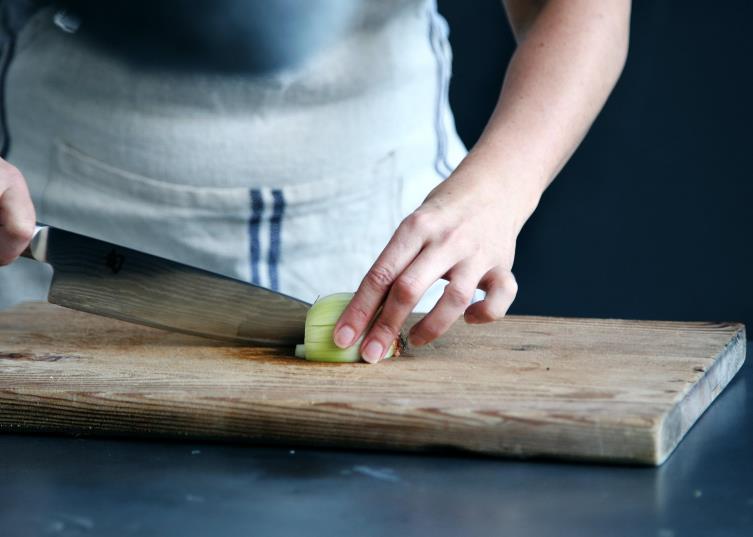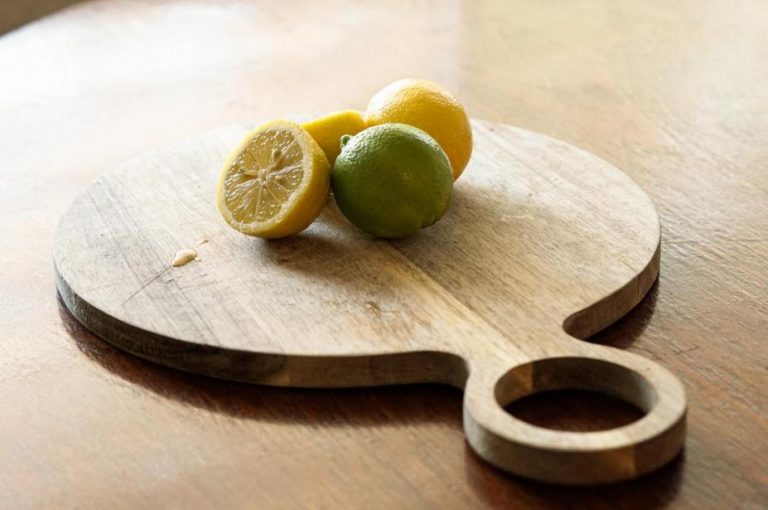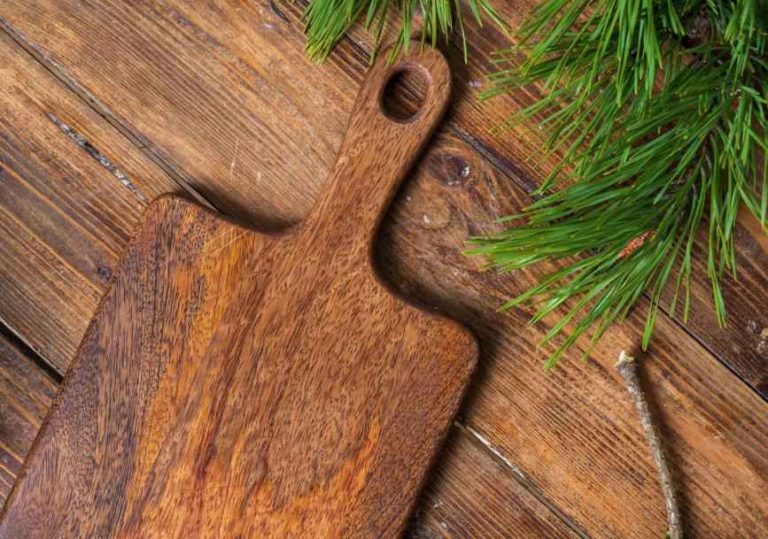Cherry is a heavily prized wood for its beauty and balanced traits. It has many uses across different industries. As long as lumber is a suitable material, you will see the presence of cherry wood.
Furniture, doors, flooring, boat interiors, moldings, and musical instruments are just to name a few of its wide reach. Cutting boards are also among these uses. Cherry delivers reasonable traits when turned into a cutting board, but it might not be for everyone.
This article will provide you with a detailed breakdown of cherry wood’s features as a cutting board material. Read to the end to find out if it makes a good wood choice for the cutting boards you sell and how well it fits the expectations of your customers.
Overview of cherry wood
Cherry trees mainly grow in the Western United States and the Midwest (black cherry). Most of the cherry wood used in the US is locally sourced. Although this eases its price a bit, the high demand and limited availability make it a quite expensive wood choice.
The primary use of cherry wood is furniture. Since cutting boards in varying sizes can be made from wood scraps, it isn’t as expensive. cherry wood cutting boards won’t stretch the budget of your customers too much. It isn’t as pricey as teak cutting boards, for example, but not inexpensive that your customers will overlook replacing.
In return for their money, your customers will make a satisfied purchase. Here are the qualities of a cutting board cherry wood makes, covering all important aspects.
Buy Wholesale Cutting Boards and Start Scaling up with Us Today
Contact us and connect with a sales rep to get a free quote.
Appearance and texture
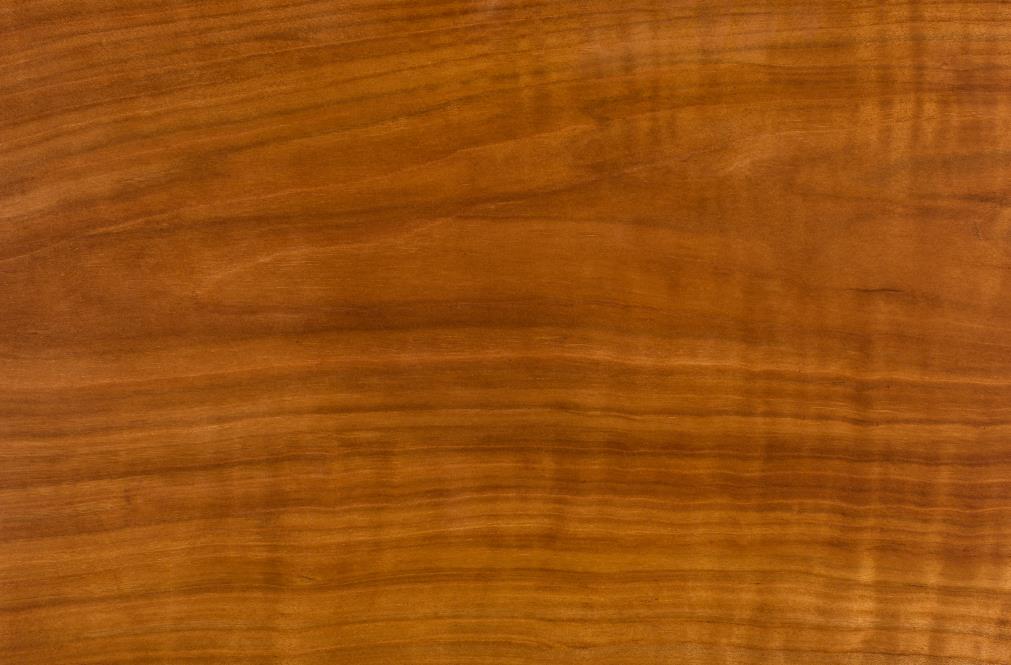
The appearance of cherry wood is one of the reasons it’s highly favored among woodworkers. When it’s freshly cut, cherry wood’s natural pinkish brown turns into a golden hue. As the wood ages and gets more exposure to light, it slowly shifts to a rich, reddish tint. This rich coloring makes cherry an exceptionally beautiful wood.
Since cherry is hardwood, it’s ring-porous. The slightly waved grains are closed, with a fine to medium texture. The closed grains give cherry wood a boost in water resistance, which we’ll also touch on in this article.
Hardness
The hardness of cherry wood is roughly 1,000 lbf on the Janka hardness scale. It isn’t particularly hard, but not too soft, either. Here are the hardnesses of a few other popular woods for cutting boards to compare.
- Walnut: 1,010 lbf
- Teak: 1,070 lbf
- Maple: 1,450 lbf
- Beech: 1,300 lbf
Cherry wood’s hardness is pretty similar to walnut and teak, which make ideal cutting boards. We’ve featured these on our best wood picks for cutting boards. For many uses, whether it is slicing chicken breasts or chopping onions on a cutting board, cherry wood’s hardness is at a sweet point.
Impact resistance
The impact resistance is mainly affected by the wood’s hardness. Since cherry wood isn’t too hard or soft, it will satisfy most users. It’s sufficiently hard to resist powerful knife strikes and gentle enough to give the cutting edge a cushion.
However, a sharp knife will do more damage to a cherry wood cutting board than it damages the cutting edge. Your eyes catching scratches and other marks is inevitable. It can happen in a matter of weeks or many months down the line, depending on use.
At the same time, this is something that benefits knives. A cutting board like this prolongs the sharpness of knives. Your customers won’t need to sharpen their blades as often, providing their beloved knives with a soft place to land.

Water and moisture resistance
A cutting board’s ability to resist moisture is vital for its durability. If the surface soaks water after washing or the liquids from foods, it will build up internal moisture. This problem can cause warps and cracks, and this is why softwoods don’t make good cutting boards.
Luckily, cherry has solid water resistance with its high-density and tightly packed grains that don’t give way for moisture to penetrate deep into the surface. Even in humid environments, your customers have nothing to worry about the water resistance of their cherry wood cutting boards.
This level of water resistance also makes cherry wood extremely resilient to warping and shrinking, which poses a risk to cutting boards after all the washing and drying.
Upkeep needs
Maintaining a cutting board is essential to prolong its lifespan. Otherwise, it can dry and lose its appearance. You already know these as a shop owner, but some of the upkeep needs can be a burden to users.
Another favorable trait of cherry is that it doesn’t require close attention from the user. As with any other cutting board, it needs to be hand-washed, oiled occasionally, and kept away from the dishwasher. Your customers can get away with conditioning a cherry wood cutting board once a month or so and have a perfect surface.
These require minimum time and effort from the customers, giving them potentially less pain and more time to focus on honing their knife skills.
Conclusion: is cherry wood good for cutting boards?
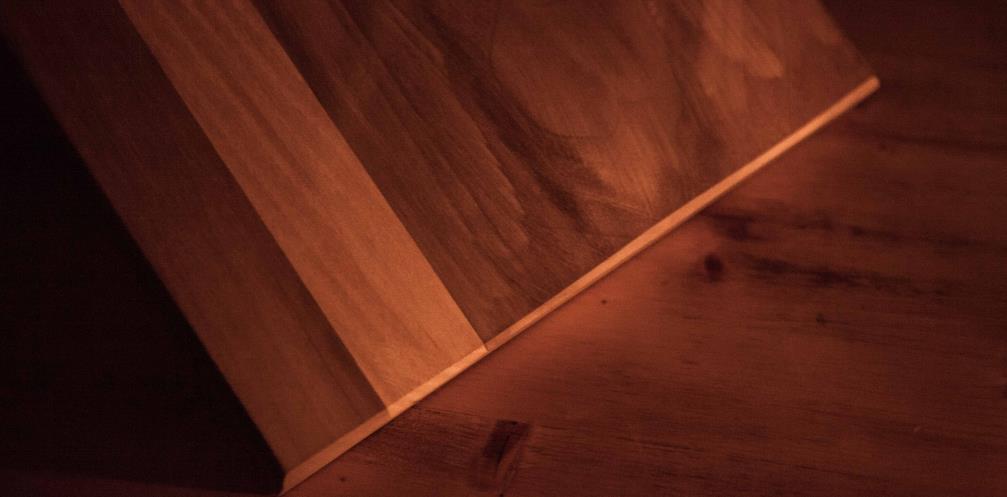
All these remarks made about cherry wood as a cutting board material are enough to consider it a well-grounded wood choice. Cherry makes an ideal cutting board material, suitable for both home and restaurant use. It resists damages caused by water and moisture well, is gentle on knives, requires little maintenance, and lasts long provided adequate care.
The possible drawbacks to cherry as a cutting board material are its price and impact resistance.
The cherry wood cutting boards you’ll find in the market are not cheap. Your customers might think twice about purchasing one and turn their heads to more affordable alternatives, like plastic. In these situations, consider explaining to not-well-informed customers why wood is a better material for cutting boards. This should help them understand how big of an investment wood cutting boards are.
As for its impact resistance, it isn’t the best for robust use. A cherry wood cutting board utilized similarly to a butcher’s block will get deep scratches. The deep knife marks can prevent the surface initiate wood’s self-healing attributes and make cleaning problematic. They are best utilized as a standard cutting board, and repeated heavy chopping should be avoided.
Cherry vs. maple cutting board
Firstly, maple is about 50 percent harder than cherry at 1,450 lbf on the Janka hardness scale. This discrepancy between their hardness affects two important aspects: impact resistance and overall durability.
As maple is denser than cherry, it’s more durable and impact-resistant. It takes blows from a knife better in the sense that it doesn’t get scratched as easily. At the same time, maple cutting boards dull knives quicker. If you plan to sell a cutting board for heavy-duty use, maple is a better choice. Cherry is better for regular use, as it’s friendlier to knives while upholding similar moisture resistance.
Aside from these, cherry cutting boards are much more expensive than their maple counterparts. Your customers can get two maple cutting boards for the price of one cherry wood cutting board. If the cost isn’t an issue, cherry makes a better cutting board with slight differences.
Just as good alternatives to cherry wood

- Teak: Teak makes an incredibly water-resistant cutting board. Most others achieve similar water resistance with their hardness, whereas teak attains it with an abundance of natural oils. It makes an elegant cutting board with a golden color that’s just as gentle on knives. If the price to pay isn’t an issue, teak is one of the best alternatives to cherry.
- Sapele: A sturdier alternative to cherry, sapele cutting boards are dense and durable, with a dark brown color that hides stains. A sapele cutting board is likely to last longer than a cherry cutting board under the same circumstances. This sturdiness comes with a cheaper price tag. Yet, it’s more demanding from the user. A sapele cutting board must be oiled frequently to make up for its open pores, which can lead to problems with moisture.
- Acacia: Acacia is a highly versatile wood choice. Many of its subspecies are perfect for building cutting boards, with varying hardnesses and qualities. It’s water-resistant, highly durable, hides stains well, gentle on knives, and affordable. Acacia offers just about anything your customers would want to see in their cutting boards.
- Ironwood: Perhaps the strongest wood pick for cutting boards that won’t obliterate the cutting edge of knives, ironwood makes one of the most durable cutting boards. With a hardness rating of over 2,000 lbf on the Janka hardness scale, it’s the wood for those that want something extra sturdy.
Buy Wholesale Cutting Boards and Start Scaling up with Us Today
Contact us and connect with a sales rep to get a free quote.
Final words
Overall, cherry is one of the best woods for making cutting boards. The traits it gives to a cutting surface are ideal for cooks of all levels. As long as you’re looking to provide customers with a standard cutting board to chop and slice ingredients, it will satisfy them.
The potential disadvantage of cherry wood cutting boards is that they aren’t very hefty. A sharp knife can easily scratch its surface and is best left for typical cutting tasks.
Next to cherry and many others that make good cutting boards, you have many alternatives. Check out our cutting boards catalog to see some of the options you have, and request a quote for any of the products listed.
